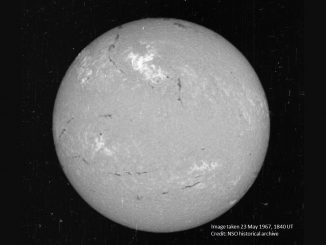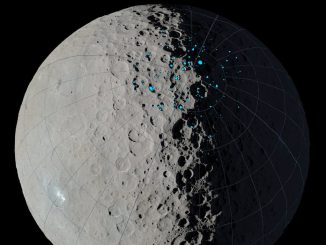
Solar storm of 1967 nearly took US to brink of war
The solar storm of 23 May 1967 that jammed radar and radio communications at the height of the Cold War could have led to a disastrous military conflict if not for the U.S. Air Force’s budding efforts to monitor the Sun’s activity, a new study finds. The ensuing geomagnetic storm was so strong that the northern lights were visible as far south as New Mexico.






